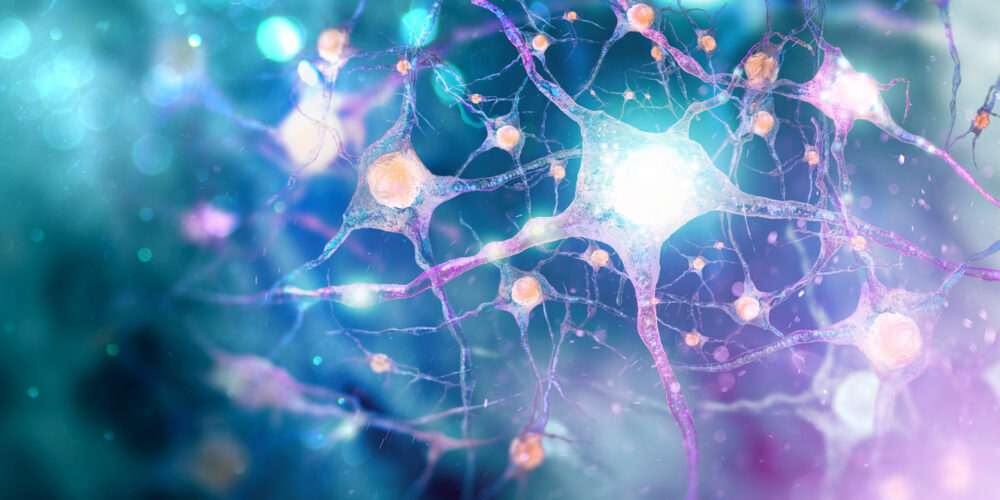Neurotoxicity occurs when neurotoxins affect the normal activity of the nervous system and ultimately damage nervous tissue. Possible symptoms can include motor function and co-ordination issues, loss of memory, vision, and/or mental function, obsessive and/or compulsive behaviors, delusions, seizures, headache, cognitive and behavioral problems.
Neurotoxicity can be linked to exposure from certain chemotherapy/radiation therapies, heavy metals, pesticides, food additives, industrial solvents, cleaning products and drug therapies.
Evotec and wholly owned subsidiary Cyprotex have combined expertise in neurotoxicity which spans from early discovery through to the clinic so we have a full picture of the entire drug discovery and development continuum and can support you at every stage of your project. The scientific expertise and capabilities can be accessed as fee-for-services or as part of partially or fully integrated programs.
Neurotoxicity Services
The deleterious effects of neurotoxins may not become clinically apparent for some time following exposure. There is particular concern regarding low levels of environmental chemicals and their effects on fetal development, on the behavior or development of children or the development of neurodegenerative diseases in adults (e.g., Parkinson’s disease and Alzheimer’s disease).
Neurological function and behavioral effects are typically evaluated through in vivo animal models of acute and repeat dose preclinical toxicity studies. With the onset of REACH (Registration, Evaluation, Authorization and Restriction of Chemicals) legislation, and the cost and ethical issues associated with animal testing, there is a considerable push to identify new in vitro methods which are able to predict neurotoxicity in humans.
We offer both standard and novel approaches for assessing neurotoxicity. Both screening and investigative services (non-GLP) and regulatory services (GLP) are available.
Neurite Outgrowth
- The function of the nervous system depends on communication between neurons via neurites (axons and dendrites). Neurite outgrowth forms an essential stage in this communication process.
- Neurite outgrowth is a useful endpoint for the detection of neurotoxicity, nervous system development disorders and can also be used in drug discovery to develop new therapies for neurodegenerative diseases.
- Cyprotex offers neurite outgrowth assessment using high content imaging technology.
eCiphr®Neuro & eCiphr®Neuro-Human
- Cyprotex’s eCiphr®Neuro and eCiphr®Neuro-Human cell-based assay use high throughput 48 well microelectrode array (MEA) recordings to monitor electrophysiological activity.
- Our original eCiphr®Neuro assay uses primary cultures of rat cortical neurons. More recently, eCiphr®Neuro-Human has been introduced which uses FUJIFILM Cellular Dynamics, Inc. (FCDI) human iPSC-derived glutamatergic neurons (iCell GlutaNeurons) co-cultured with human iPSC-derived astrocytes (iCell Astrocytes).
- Neurons grown on microelectrode array instruments recapitulate many features of neurons in vivo, including spontaneous activity (spiking and bursting), plasticity, organization and responsiveness to a wide range of neurotransmitters and pharmacological agonists/antagonists1.
- This technology provides a unique in vitro system for drug discovery, neurotoxicity assessment, seizure prediction and disease modelling2.
- Spike rate, burst duration, interspike interval and changes in synchrony/organization are typically reported.
3D Neurotoxicity Assay
- Cyprotex’s novel 3D neurotoxicity assay allows for the detection of neurotoxicity in a complex 3D model.
- Confocal high content imaging (HCl) allows the simultaneous detection of multiple cell health parameters such as calcium homeostasis within a 3D microtissue structure in combination with a measure of cellular ATP content.
References
1) Robinette BL et al., (2011) In vitro assessment of development neurotoxicity: use of microelectrode arrays to measure functional changes in neuronal network ontogeny. Front Neuroeng 4; Article 1
2) Bradley JA et al., (2018) In vitro screening for seizure liability using microelectrode array technology. Toxicol Sci 163(1); 240-253

